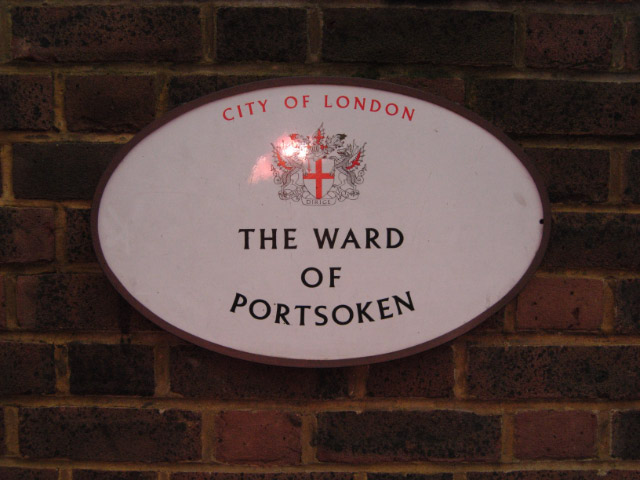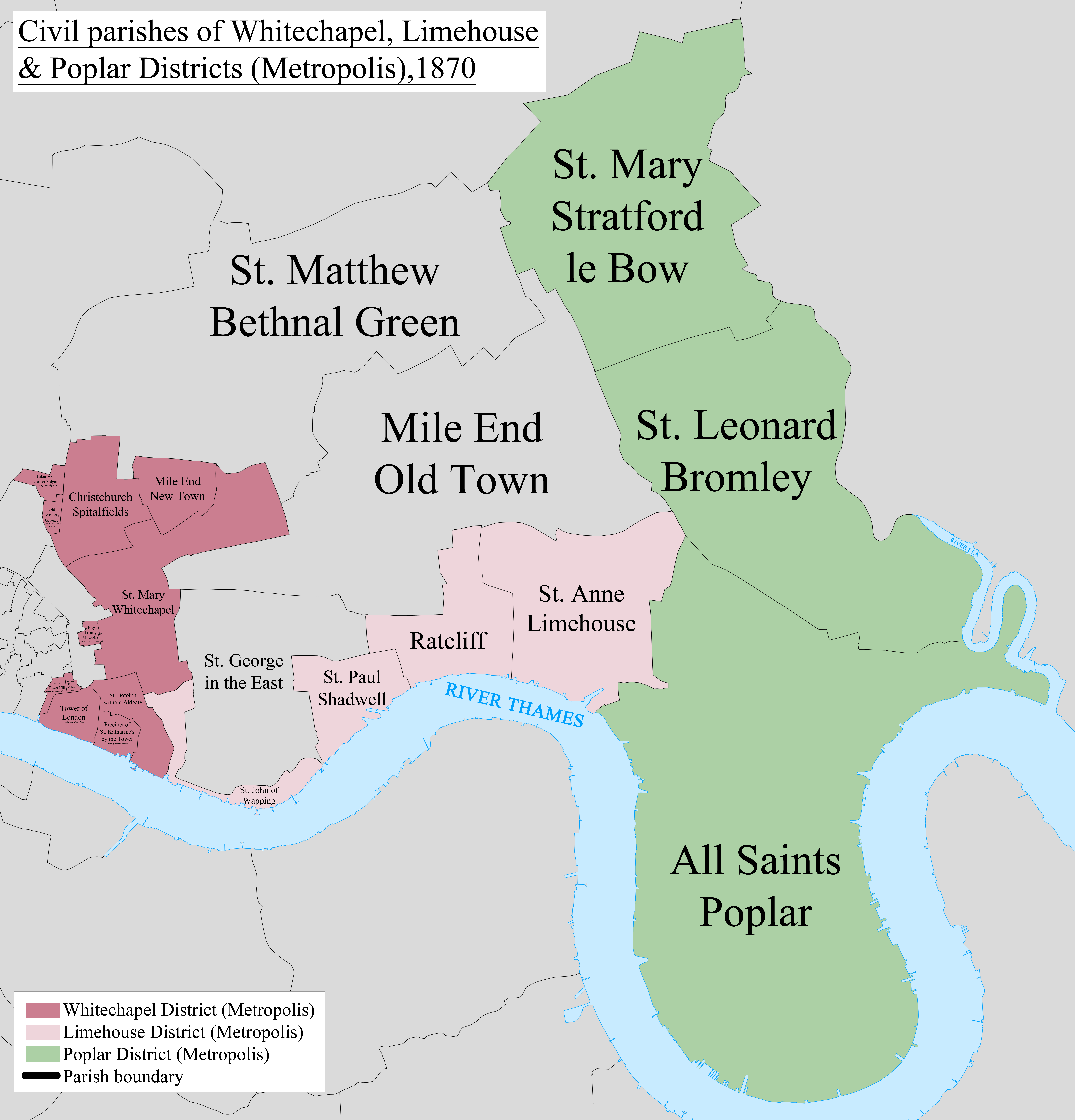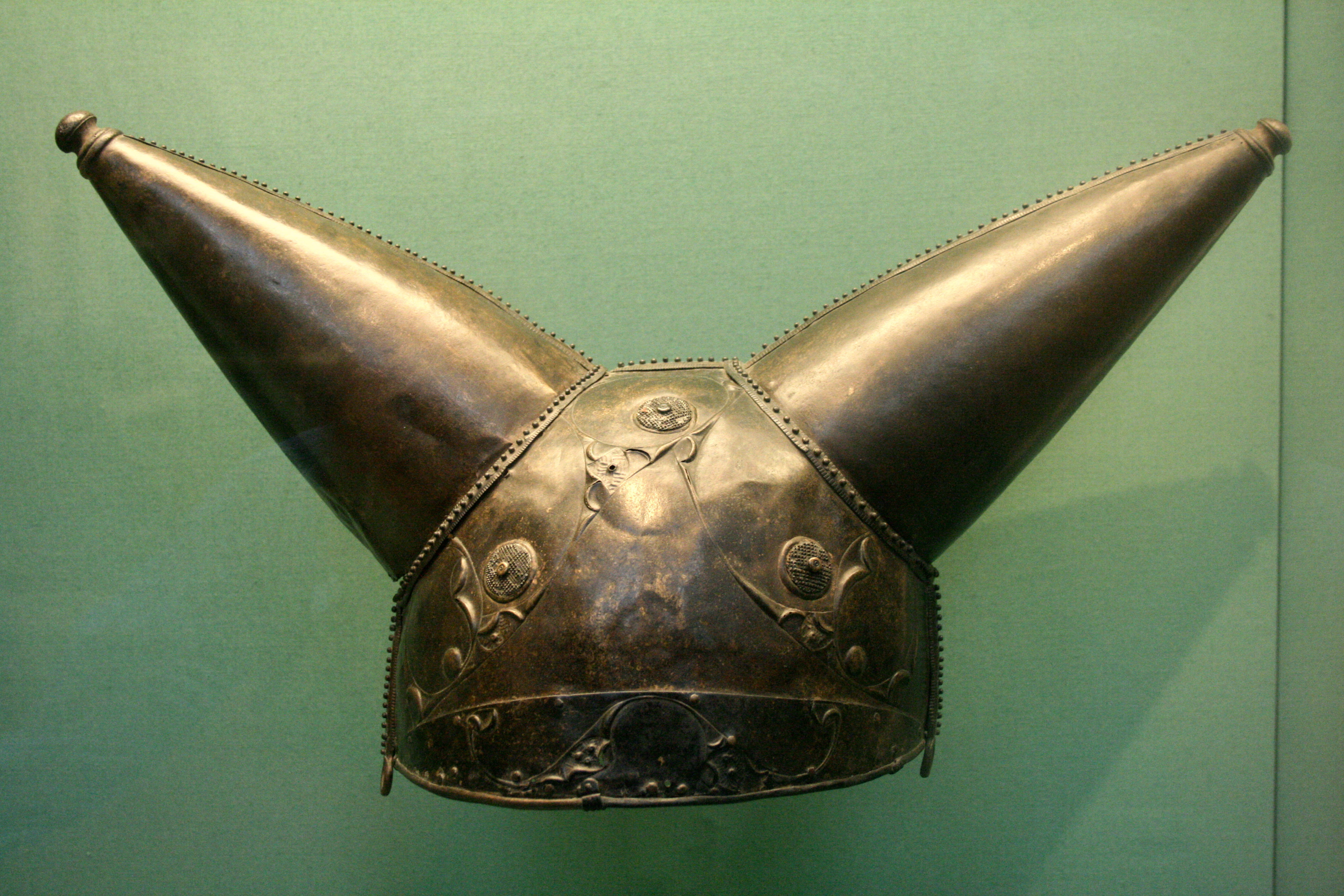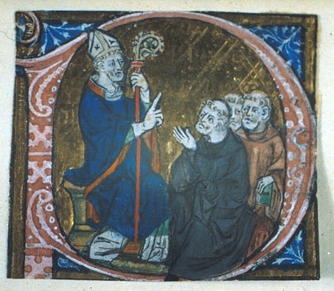|
Portsoken
Portsoken, traditionally referred to with the definite article as the Portsoken, is one of the City of London, England's 25 ancient wards, which are still used for local elections. Historically an extra-mural ward, lying east of the former London Wall, the area is sometimes considered to be part of the East End of London. The ward is about 5 hectares in area, and is mainly oriented north-south, with the central part informally known as ''Aldgate'' while to its north as ''Bishopsgate''. History John Stow's ''Survey of London'' records that the " soke" – in this context the right to extract fines as a source of income – (later "liberty") was granted in the time of Saxon king Edgar the Peaceful, east of Aldgate to a guild of knights, the '' Cnichtengild'', in exchange, essentially, for regular jousting. Norman kings confirmed these rights but later the land was voluntarily transferred to the Priory of the Holy Trinity by the descendants of the guild. In 1120 or 1121 (the e ... [...More Info...] [...Related Items...] OR: [Wikipedia] [Google] [Baidu] |
Knighten Guilde
The ''Knighten Guilde'' or ''Cnichtengild'', which translates into modern English as the Knight's Guild, was an obscure Medieval guild of the City of London. According to ''A Survey of London'' by John Stow (1603), it was in origin an order of chivalry founded by the Saxon king Edgar for loyal knights. The Portsoken Ward of the City of London has its origin in the guild's landholding outside the Aldgate, as did the Ancient Parish of St Botolph without Aldgate. Origin According to a legend solely recorded in John Stow's ''Survey of London'', land east of the wall was granted to the guild by King Edgar. (In) Portsoken, which soundeth, the Franchise at the gate, was sometime a Guild, and had beginning in the dayes of King Edgar, more than 600 yeares since. There were thirteene Knights, or Soldiers welbeloved to the king and realme, for service by them done, which requested to haue a certaine portion of land on the East part of the Citie, left desolate and forsaken by the Inhabi ... [...More Info...] [...Related Items...] OR: [Wikipedia] [Google] [Baidu] |
Aldgate
Aldgate () was a gate in the former defensive wall around the City of London. The gate gave its name to ''Aldgate High Street'', the first stretch of the A11 road, that takes that name as it passes through the ancient, extramural Portsoken Ward of the City of London. There is an ancient ''Aldgate Ward'' inside the line of the former gate and wall, and a similarly ancient Portsoken Ward that lies just outside of it. However the use of the Aldgate and Portsoken Wards as everyday place names is very limited. Consequently, the use of Aldgate as a place name is informal, and typically applies to the Portsoken Ward, especially the central area around Aldgate High Street. Aldgate High Street is 2.3 miles (3.7 km) east of Charing Cross. Etymology The etymology of the name "Aldgate" is uncertain. It is first recorded in 1052 as ''Æst geat'' ("east gate") but had become ''Alegate'' by 1108. Writing in the 16th century, John Stow derived the name from "Old Gate" (Aeld Gat ... [...More Info...] [...Related Items...] OR: [Wikipedia] [Google] [Baidu] |
East Smithfield
East Smithfield is a small locality in the London Borough of Tower Hamlets, east London, and also a short street, a part of the A1203 road. Once broader in scope, the name came to apply to the part of the ancient parish of St Botolph without Aldgate that was outside of the City of London. The old Royal Mint and the eastern part of St Katherine's Docks are located in the district. The street The street runs eastward from Tower Hill, with the name changing to The Highway after quarter of a mile. The street is on the route of both the London Marathon and the London Triathlon. At one time the street was known as ''Upper East Smithfield'' with the eastern part of St Katharine's Way (the part within East Smithfield) known as ''Lower East Smithfield''. History of the district Civil and ecclesiastical administration Portsoken Ward John Stow recounts the origin of the area from the ''Liber Trinitae'', where the Saxon King Edgar was petitioned by 13 knights to grant them the waste ... [...More Info...] [...Related Items...] OR: [Wikipedia] [Google] [Baidu] |
St Botolph Without Aldgate
St Botolph without Aldgate was an ancient parish immediately east of and outside (without) Aldgate, a gate in London's defensive wall. The parish church was St Botolph's Aldgate. The densely populated, and entirely extramural East End parish was split into two parts: the Portsoken ward of the City of London and East Smithfield in the County of Middlesex. Each part operated as a separate parish for civil administration with its own local government, but it was a single parish for ecclesiastical purposes. Within the City The section of the parish in the City of London was the Portsoken ward. The City of London section of the parish was abolished in 1907 when the City of London civil parish was created. Outside the City The part in Middlesex was known as East Smithfield. It was part of the Tower division (which was also known as the Tower Hamlets). Its eastern boundary with Wapping ran along Sir Thomas More Street (originally known as Nightingale Lane) and the small brook t ... [...More Info...] [...Related Items...] OR: [Wikipedia] [Google] [Baidu] |
City Of London
The City of London, also known as ''the City'', is a Ceremonial counties of England, ceremonial county and Districts of England, local government district with City status in the United Kingdom, city status in England. It is the Old town, historic centre of London, though it forms only a small part of the larger Greater London metropolis. The City of London had a population of 8,583 at the 2021 United Kingdom census, 2021 census, however over 500,000 people were employed in the area as of 2019. It has an area of , the source of the nickname ''the Square Mile''. The City is a unique local authority area governed by the City of London Corporation, which is led by the Lord Mayor of London, Lord Mayor of the City of London. Together with Canary Wharf and the West End of London, West End, the City of London forms the primary central business district of London, which is one of the leading financial centres of the world. The Bank of England and the London Stock Exchange are both ba ... [...More Info...] [...Related Items...] OR: [Wikipedia] [Google] [Baidu] |
Wards Of The City Of London
The City of London (also known simply as "the City") is divided into 25 wards. The city is the historic core of the much wider metropolis of Greater London, with an ancient and ''sui generis'' form of local government, which avoided the many local government reforms elsewhere in the country in the 19th and 20th centuries. Unlike other modern English local authorities, the City of London Corporation has two council bodies: the now largely ceremonial Court of Aldermen, and the Court of Common Council. The wards are a survival of the medieval governmental system that allowed very small areas to exist as self-governing units within the wider city. They are both electoral/political sub-divisions and permanent ceremonial, geographic and administrative entities within the city. They had their boundaries changed in 2003, and to a lesser extent in 2013, though the number of wards and their names did not change. Aspects of the ward system Aldermanries Each ward, or aldermanry, has ... [...More Info...] [...Related Items...] OR: [Wikipedia] [Google] [Baidu] |
St Botolph's Aldgate
St Botolph's Aldgate is a Church of England parish church in the City of London and also, as it lies outside the line of the city's former eastern walls, a part of the East End of London. The church served the ancient parish of St Botolph without Aldgate which included the extramural Portsoken Ward of the City of London, as well as East Smithfield which is outside the City. The full name of the church is St Botolph without Aldgate and Holy Trinity Minories and it is sometimes known simply as Aldgate Church. The ecclesiastical parish was united with that of the Church of Holy Trinity, Minories, in 1899. The current 18th-century church building is made of brick with stone quoins and window casings. The tower is square with an obelisk spire. Position and dedication The church stands at the junction of Houndsditch and Aldgate High Street and is approximately 30 yards outside the former position of Aldgate, a defensive barbican on the London Wall, laying in the East End of L ... [...More Info...] [...Related Items...] OR: [Wikipedia] [Google] [Baidu] |
Bishopsgate
Bishopsgate was one of the eastern gates in London's former defensive wall. The gate's name is traditionally attributed to Earconwald, who was Bishop of London in the 7th century. It was first built in Roman times and marked the beginning of Ermine Street, the ancient road running from London to York (Eboracum). The gate was rebuilt twice in the 15th and 18th centuries, but was permanently demolished in 1760. Bishopsgate gave its name to the Bishopsgate Ward of the City of London. The ward is traditionally divided into Bishopsgate Within, inside the line of the former wall, and Bishopsgate Without beyond it. Bishopsgate Without is described as part of London's East End. The ancient boundaries of the City wards were reviewed in 1994 and 2013, so that the wards no longer correspond very closely to their historic extents. Bishopsgate Without gained a significant part of Shoreditch from the London Borough of Hackney, while nearly all of Bishopsgate Within was transferred to ot ... [...More Info...] [...Related Items...] OR: [Wikipedia] [Google] [Baidu] |
Holy Trinity Priory, Aldgate
The Holy Trinity Priory, also known as Christchurch Aldgate, was a priory of Austin canons ( Black Canons) founded around 1108 by the English queen Matilda of Scotland near Aldgate in London.'Austin canons: Priory of Holy Trinity or Christchurch, Aldgate' ''A History of the County of London: Volume 1: London within the Bars, Westminster and Southwark'' (1909), pp. 465–475 Accessed 13 November 2007Burton ''Monastic and Religious Orders'' p. 46 History The English queen Matilda of Scotland received advice and h ...[...More Info...] [...Related Items...] OR: [Wikipedia] [Google] [Baidu] |
Cities Of London And Westminster (UK Parliament Constituency)
Cities of London and Westminster (known as City of London and Westminster South from 1974 to 1997) is a List of United Kingdom Parliament constituencies, constituency returning a single Member of Parliament (United Kingdom), Member of Parliament (MP) to the House of Commons of the United Kingdom, House of Commons in the United Kingdom Parliament. As with all constituencies, the election is decided using the first past the post system of election. Until the 2024 United Kingdom general election, 2024 general election, when the constituency elected Rachel Blake, a Labour and Co-operative Party, Labour Co-op MP, the constituency had always elected the candidate nominated by the Conservative Party (UK), Conservative Party. History Before 1950 the City of London (UK Parliament constituency), City of London formed a two-member constituency on its own. The Boundary Commission for England began reviewing constituencies in January 1946 using rules defined under the Representation of the Pe ... [...More Info...] [...Related Items...] OR: [Wikipedia] [Google] [Baidu] |
City Of London Corporation
The City of London Corporation, officially and legally the Mayor and Commonalty and Citizens of the City of London, is the local authority of the City of London, the historic centre of London and the location of much of the United Kingdom's financial sector. In 2006, the name was changed from Corporation of London to distinguish the body governing the City of London from the Greater London Authority, the regional government of the larger Greater London administrative area. It is a corporation in the sense of being a municipal corporation rather than a company; it is deemed to be the citizens and other eligible parties acting as one corporate body to manage the City's affairs. The corporation is based at the Guildhall. Both businesses and residents of the City, or "Square Mile", are entitled to vote in corporation elections. In addition to its functions as the local authority (analogous to those undertaken by the 32 boroughs that administer the rest of Greater London) the Cit ... [...More Info...] [...Related Items...] OR: [Wikipedia] [Google] [Baidu] |
Soke (legal)
__NOTOC__ The term ''soke'' (; in Old English: ', connected ultimately with ', "to seek"), at the time of the Norman conquest of England, generally denoted "jurisdiction", but its vague usage makes it lack a single, precise definition. Anglo-Saxon origins The phrase 'Sac and soc' was used in early English for the right to hold a courtG. M. Trevelyan, ''History of England'' (London 1926) p. 92 (the primary meaning of 'soc' seems to have involved ''seeking''; thus ''soka faldae'' was the duty of seeking the lord's court, just as ' was the duty of seeking the lord's mill). According to many scholars, such as Frank Stenton and H. P. R. Finberg, "... the Danelaw was an especially 'free' area of Britain because the rank and file of the Danish armies, from whom sokemen were descended, had settled in the area and imported their own social system." Historians such as Paul Vinogradoff considered royal grants of sac and soc as opening the way for national to be replaced by local justic ... [...More Info...] [...Related Items...] OR: [Wikipedia] [Google] [Baidu] |







